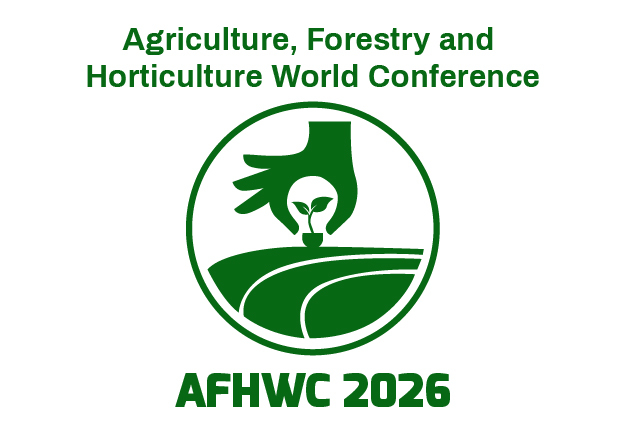Speakers - AFHWC2025
Mei Yang
- Designation: Professor and Associate Dean, School of Forestry, Guangxi University
- Country: China
- Title: Impacts of the Relationship of Species Environment and Fertilization on the Sustainable Agroforestry in Subtropical Area of China
Abstract
Global climate change, land resource constraints, and rural revitalization strategies are driving subtropical regions to adopt innovative agroforestry models that integrate ecosystem conservation with income diversification. We carried out some studies the models of subtropical agroforestry in China by combining extensive regional surveys and multi-fertilization comparisons, pot experiments, rhizobox assessments of nitrogen-fixation potential. Results revealed that integrated application of compound fertilizers and microbial inoculants significantly enhanced the growth of agroforestry medicinal and economic crops, reduced chemical fertilizer inputs, and bolstered soil vitality. Rhizobox trials further affirmed the nitrogen-fixing capabilities of leguminous medicinal tree species. However, despite these advancements, large-scale agroforestry implementation may encounter hurdles related to species-environment matching and management measures. Consequently, our research aims to elucidate: (1) species selection aligned with environmental factors, such as soil and light; (2) chemical interactions among plants; and (3) precision nutrient management in agroforestry. These investigations could provide the theoretical groundwork and practical directives for sustainable forestry, ecosystem restoration, and income augmentation in subtropical regions and similar global regions.


